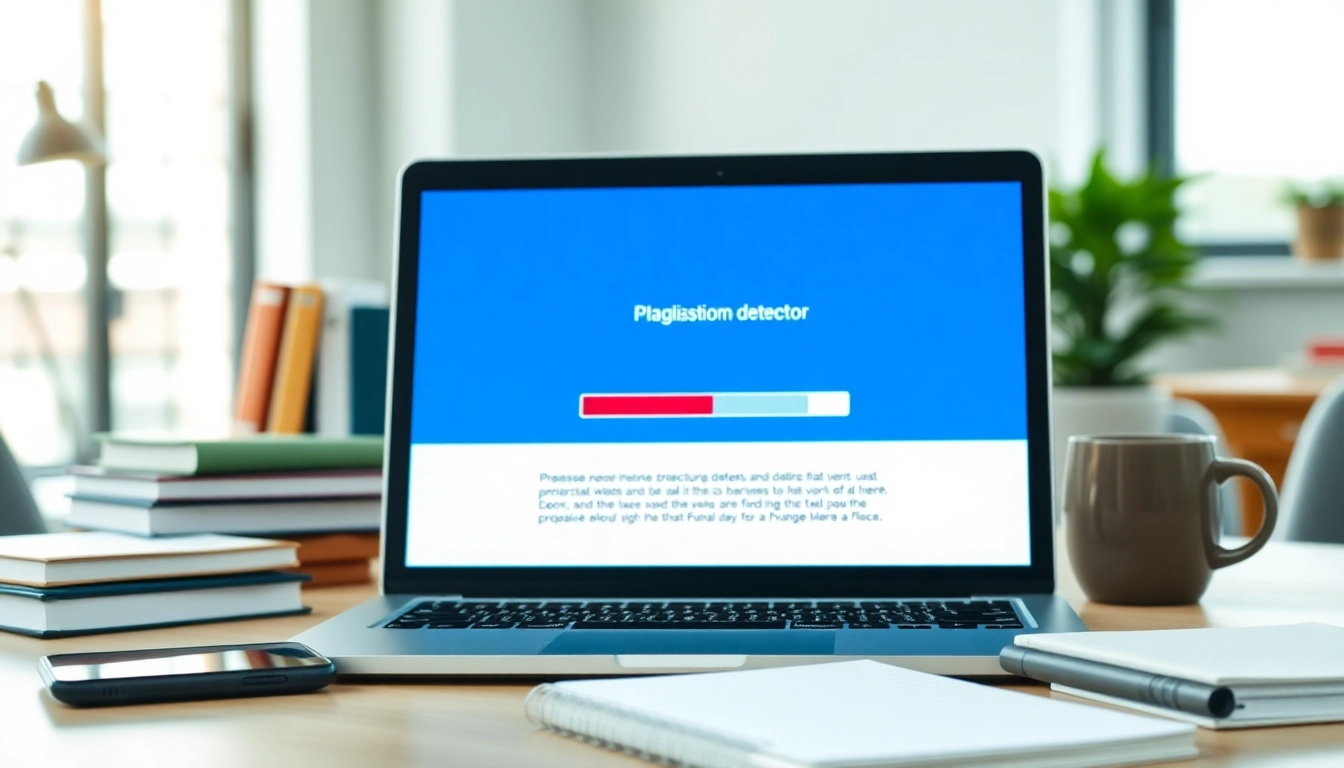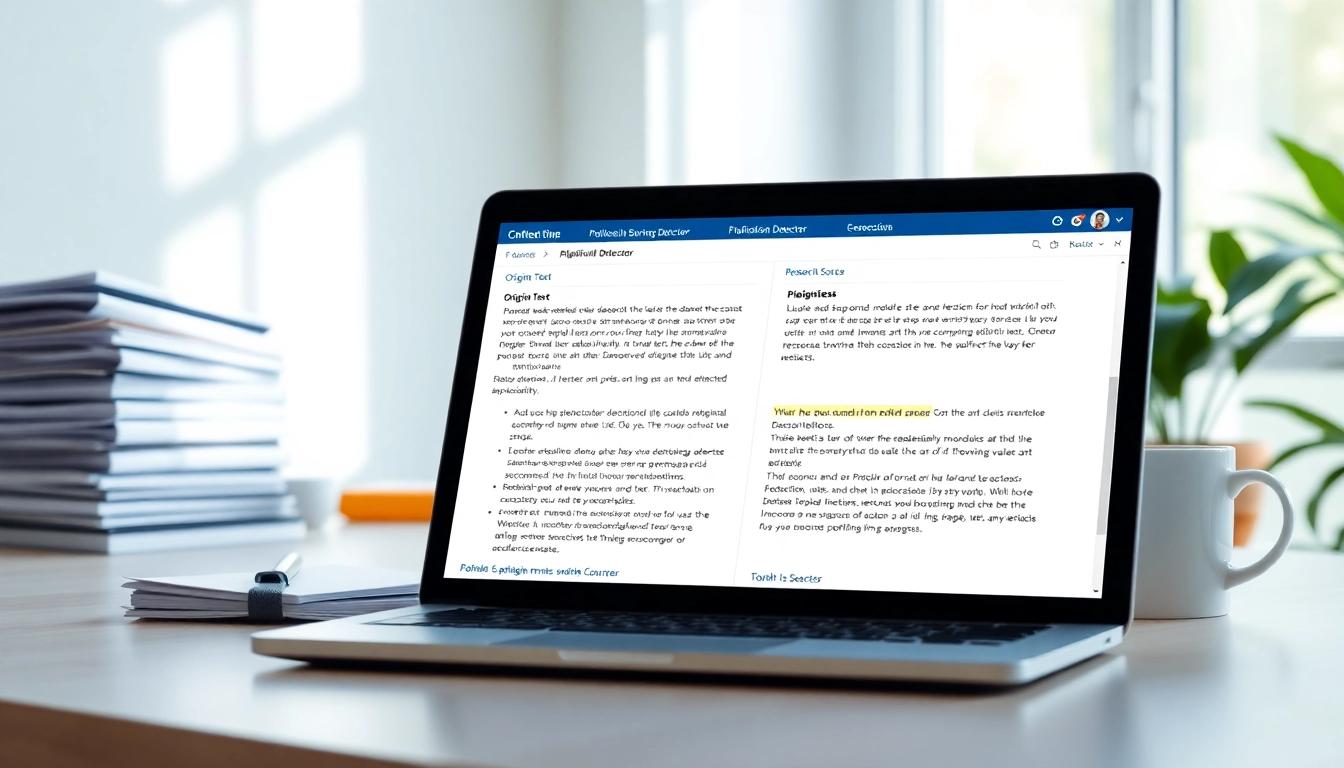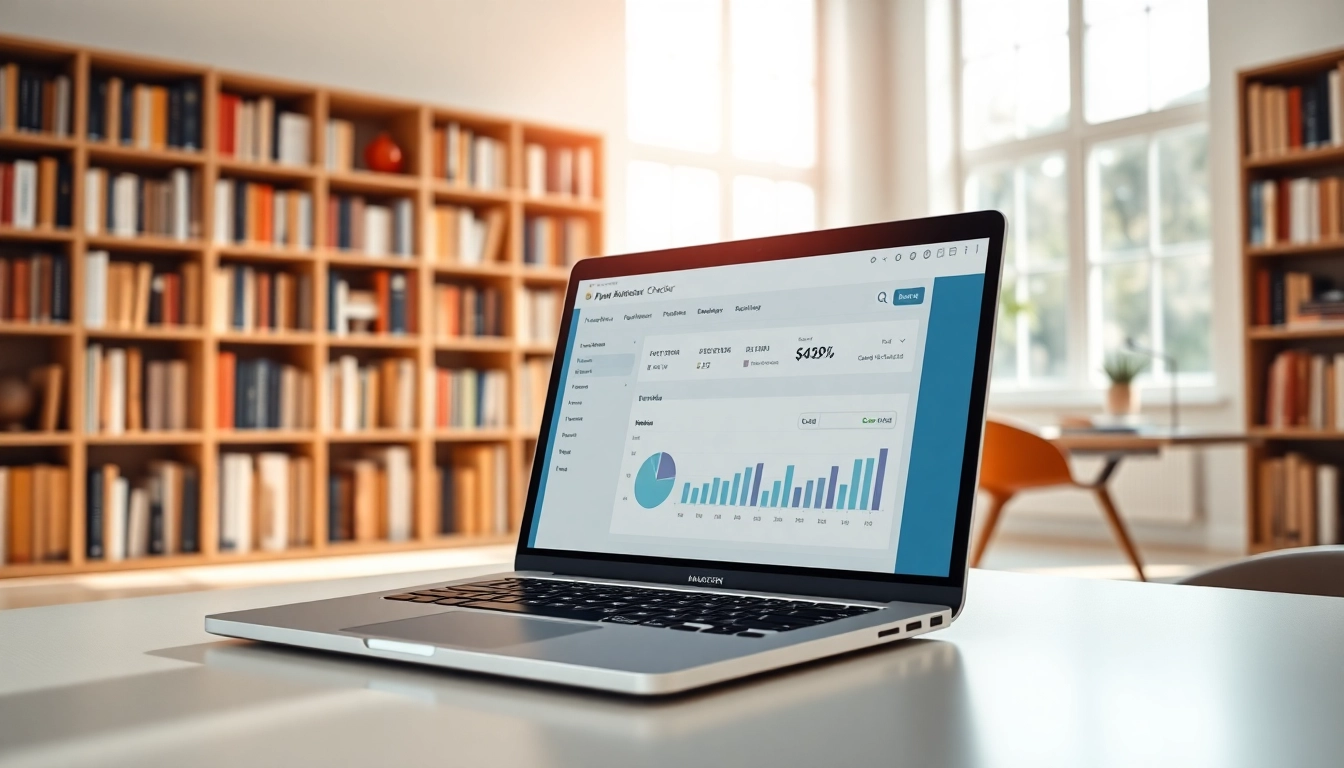Understanding Plagiarism and Its Impact
What Constitutes Plagiarism?
Plagiarism is the act of using someone else’s work, ideas, or expressions without proper attribution, effectively presenting them as your own. This can occur in many forms, such as:
- Direct plagiarism: Copying text word-for-word without citation.
- Self-plagiarism: Reusing one’s own previously published work without acknowledgment.
- Paraphrasing without credit: Rewording someone else’s ideas or research without giving them credit.
- Accidental plagiarism: Failing to properly cite sources due to ignorance or carelessness.
The nuances of plagiarism extend beyond simple copy-and-paste jobs; even submitting a paper that heavily borrows from other works without due credit can lead to serious accusations
Consequences of Plagiarism in Academia
The repercussions of plagiarism can be severe and far-reaching. In an academic context, the consequences may include:
- Loss of credibility: Academic integrity is paramount. Committing plagiarism can tarnish an individual’s reputation and credibility.
- Academic penalties: Colleges and universities may impose penalties such as failing grades, suspension, or even expulsion for plagiarism offenses.
- Legal ramifications: Copyright holders may pursue legal action against those who plagiarize protected works, leading to potentially serious legal consequences.
- Impact on career: Professional integrity is as important as academic integrity. Former students who are caught plagiarizing may struggle in their careers due to reputational damage.
The Role of a Plagiarism Detector in Academic Integrity
A plagiarism detector plays a crucial role in promoting academic honesty by identifying potentially plagiarized content before submission. These tools help educators and students alike to:
- Enhance originality: Plagiarism detectors encourage writers to produce original content, fostering innovative thinking.
- Educate on proper citation: Many detectors provide annotations and feedback, teaching correct citation practices.
- Prevent academic misconduct: By identifying copied content, these tools help maintain academic standards within educational institutions.
Choosing the Right Plagiarism Detector
Features to Look For in a Plagiarism Detector
When selecting a plagiarism detector, certain features should be prioritized to ensure effectiveness:
- Comprehensive database: A good detector should reference a vast array of sources, including web pages, academic journals, and books.
- Reporting capabilities: Transparent reports detailing the similarity index, highlighted plagiarized sections, and source links are critical for clarity.
- User-friendly interface: A straightforward, easy-to-navigate interface enhances user experience and facilitates more frequent usage.
- AI Integration: Advanced detectors utilize artificial intelligence to improve detection methods, understanding context better and minimizing false positives.
- Multi-format capability: The ability to check various document formats (e.g., .doc, .pdf, .txt) ensures versatility.
Comparative Analysis of Top Plagiarism Detectors
Considering the wide range of plagiarism detection tools available, a comparative analysis can provide clarity:
| Plagiarism Detector | Key Features | Pricing | Best For |
|---|---|---|---|
| Turnitin | Comprehensive database, faculty integration, detailed reporting | Subscription-based | Academic institutions |
| Grammarly | Grammar checking, integrated plagiarism checks | Free and premium versions | Individual users |
| PapersOwl | Advanced AI checking, multiple formats | Free for basic report | Students |
| DupliChecker | Free tool for quick checks, easy to use | Free | Casual users |
| Copyleaks | Detects AI-generated text, multi-document support | Freemium model | Businesses |
Understanding Pricing Models and Accessibility
Pricing models for plagiarism detectors can vary, affecting accessibility:
- Free Versions: Many online tools offer basic plagiarism checking capabilities at no cost, though features may be limited.
- Subscription Models: More robust solutions like Turnitin and Grammarly typically charge subscription fees, which can range from monthly to yearly options, often offering varying feature sets depending on pricing tiers.
- Pay-As-You-Go: Some services allow users to pay per report, which may appeal to infrequent users.
- Institutional Licenses: Academic institutions often purchase licenses to provide access to students and faculty, promoting integrity across campus.
How to Use a Plagiarism Detector Effectively
Step-by-Step Guide to Scanning Your Work
Using a plagiarism detector is a straightforward process. Here’s a detailed guide:
- Choose Your Tool: Select a plagiarism detector that fits your needs based on the features discussed.
- Prepare Your Document: Ensure your document is ready for analysis. Convert it into an acceptable file format if necessary.
- Upload Your Work: Most tools allow you to upload files directly or paste text into a designated box.
- Initiate the Scan: Click the “check” or “scan” button to begin the plagiarism detection process.
- Review the Report: After scanning, analyze the generated report, paying attention to highlighted sections and recommendation sources.
- Revise As Needed: If plagiarism is detected, edit your work to ensure originality and proper citations.
Interpreting Plagiarism Reports and Results
Understanding how to interpret plagiarism reports can enhance their utility:
- Similarity Score: This score indicates the percentage of matched content. A score above 20% may require attention depending on the context.
- Highlighted Text: This section of the report shows precisely where the matches are found in your document.
- Source Listings: Review the provided sources to ascertain their credibility and how they relate to your work.
- Instructions for Revision: Many advanced tools offer guidance on how to address flagged areas, which can be invaluable.
Best Practices for Avoiding Plagiarism
Prevention is key; here are best practices to help ensure academic integrity:
- Understand Citation Rules: Familiarize yourself with the citation style required (APA, MLA, Chicago, etc.) to ensure correct referencing.
- Take Notes Carefully: Distinguish between your ideas and sourced material to avoid accidental plagiarism.
- Use Quotation Marks: Whenever using direct quotes, ensure to use quotation marks and cite the source properly.
- Double-Check Your Work: Before finalizing any document, run it through a plagiarism detector to catch any unintentional similarities.
Advanced Features of Modern Plagiarism Detectors
AI Capabilities in Plagiarism Detection
Modern plagiarism detectors increasingly utilize advanced AI capabilities to enhance detection accuracy:
- Contextual Understanding: AI can recognize the context, reducing false positives in cases where common phrases occur.
- Learning Algorithms: Machine learning algorithms enable detectors to refine their ability to manage complex language structures and styles.
- Detection of Paraphrasing: AI technologies can identify paraphrased content, a challenging area for traditional detectors.
Multi-Document Processing for Research Papers
For researchers handling multiple documents, modern detectors offer multi-document processing:
- Batch Uploads: Users can upload several documents simultaneously, streamlining the checking process.
- Comparative Analysis: Some tools allow users to check for similarities between multiple documents, revealing unwitting overlaps.
- Integrated Feedback: Detectors can provide feedback across all documents, forming a coherent view of originality across a project.
Customizable Options for Different User Needs
Customization is increasingly essential in plagiarism detection tools:
- Adjustable Sensitivity Settings: Users may adjust sensitivity levels to tailor the detection process to their specific requirements.
- User Profiles: Custom profiles can be created based on an individual’s writing habits, producing more personalized reports.
- API Integrations: Organizations may want to integrate plagiarism detection into their existing systems, enhancing workflow effectiveness.
The Future of Plagiarism Detection Technology
Trends Shaping Plagiarism Detectors
Several trends are influencing the evolution of plagiarism detection technology:
- Increased Use of AI: The integration of AI technologies will likely continue to advance, improving the accuracy and efficiency of detection systems.
- Focus on User Education: Many companies prioritize educating users on proper citation methods as well as the tools they provide.
- Collaboration with Educational Institutions: Tighter partnerships with educational establishments could enhance the credibility and reliability of plagiarism checkers.
Integrating Plagiarism Detection in Educational Tools
With the growing importance of upholding academic integrity, there is a movement to integrate plagiarism detection directly into educational platforms:
- Learning Management Systems (LMS): Detectors are being integrated into platforms like Moodle and Blackboard, allowing seamless checking as part of the submission process.
- Real-Time Detection: Some new tools offer real-time detection, providing feedback as users write, thus immediately highlighting potential issues.
Encouraging Ethical Writing Practices
The ultimate goal of plagiarism detection technology is to foster ethical writing habits:
- Promoting Originality: Tools encourage writers to develop their voices and ideas, reducing dependency on others’ work.
- Resources for Education: Many tools now provide learning resources, guides, and workshops to inform users about plagiarism and proper citation.
- Encouraging Personal Accountability: Creating a culture of integrity pushes individuals to take responsibility for their writing practices.




